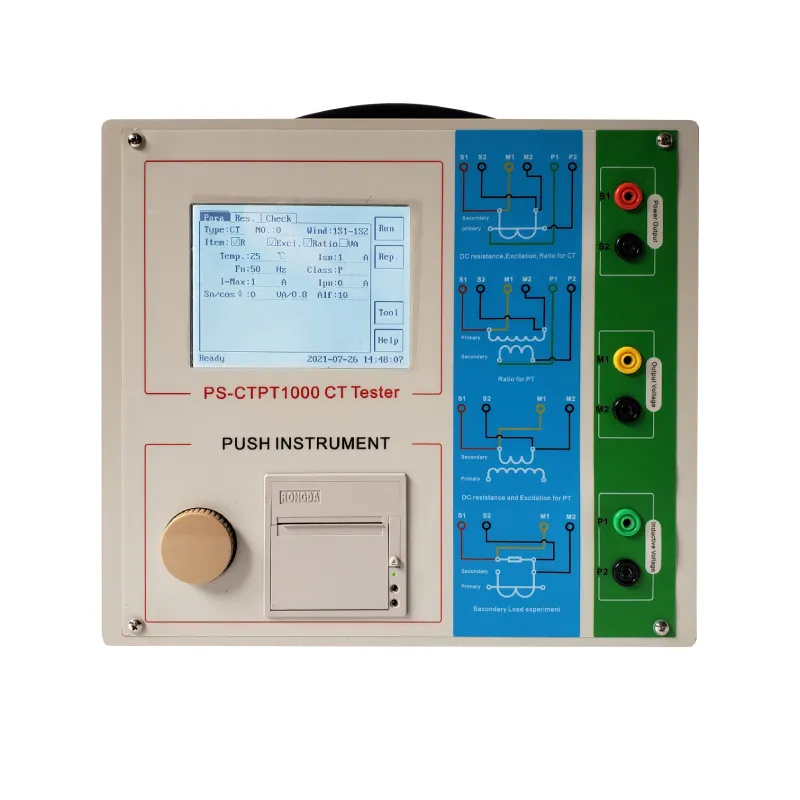 English
English



-
 Afrikaans
Afrikaans -
 Albanian
Albanian -
 Amharic
Amharic -
 Arabic
Arabic -
 Armenian
Armenian -
 Azerbaijani
Azerbaijani -
 Basque
Basque -
 Belarusian
Belarusian -
 Bengali
Bengali -
 Bosnian
Bosnian -
 Bulgarian
Bulgarian -
 Catalan
Catalan -
 Cebuano
Cebuano -
 China
China -
 China (Taiwan)
China (Taiwan) -
 Corsican
Corsican -
 Croatian
Croatian -
 Czech
Czech -
 Danish
Danish -
 Dutch
Dutch -
 English
English -
 Esperanto
Esperanto -
 Estonian
Estonian -
 Finnish
Finnish -
 French
French -
 Frisian
Frisian -
 Galician
Galician -
 Georgian
Georgian -
 German
German -
 Greek
Greek -
 Gujarati
Gujarati -
 Haitian Creole
Haitian Creole -
 hausa
hausa -
 hawaiian
hawaiian -
 Hebrew
Hebrew -
 Hindi
Hindi -
 Miao
Miao -
 Hungarian
Hungarian -
 Icelandic
Icelandic -
 igbo
igbo -
 Indonesian
Indonesian -
 irish
irish -
 Italian
Italian -
 Japanese
Japanese -
 Javanese
Javanese -
 Kannada
Kannada -
 kazakh
kazakh -
 Khmer
Khmer -
 Rwandese
Rwandese -
 Korean
Korean -
 Kurdish
Kurdish -
 Kyrgyz
Kyrgyz -
 Lao
Lao -
 Latin
Latin -
 Latvian
Latvian -
 Lithuanian
Lithuanian -
 Luxembourgish
Luxembourgish -
 Macedonian
Macedonian -
 Malgashi
Malgashi -
 Malay
Malay -
 Malayalam
Malayalam -
 Maltese
Maltese -
 Maori
Maori -
 Marathi
Marathi -
 Mongolian
Mongolian -
 Myanmar
Myanmar -
 Nepali
Nepali -
 Norwegian
Norwegian -
 Norwegian
Norwegian -
 Occitan
Occitan -
 Pashto
Pashto -
 Persian
Persian -
 Polish
Polish -
 Portuguese
Portuguese -
 Punjabi
Punjabi -
 Romanian
Romanian -
 Russian
Russian -
 Samoan
Samoan -
 Scottish Gaelic
Scottish Gaelic -
 Serbian
Serbian -
 Sesotho
Sesotho -
 Shona
Shona -
 Sindhi
Sindhi -
 Sinhala
Sinhala -
 Slovak
Slovak -
 Slovenian
Slovenian -
 Somali
Somali -
 Spanish
Spanish -
 Sundanese
Sundanese -
 Swahili
Swahili -
 Swedish
Swedish -
 Tagalog
Tagalog -
 Tajik
Tajik -
 Tamil
Tamil -
 Tatar
Tatar -
 Telugu
Telugu -
 Thai
Thai -
 Turkish
Turkish -
 Turkmen
Turkmen -
 Ukrainian
Ukrainian -
 Urdu
Urdu -
 Uighur
Uighur -
 Uzbek
Uzbek -
 Vietnamese
Vietnamese -
 Welsh
Welsh -
 Bantu
Bantu -
 Yiddish
Yiddish -
 Yoruba
Yoruba -
 Zulu
Zulu
Pre-Commissioning Tests for Transformer Performance Assessment and Evaluation
Pre-Commissioning Test of Transformers Ensuring Reliability and Efficiency
Transformers are critical components in electrical power systems, responsible for stepping up or stepping down voltage levels to facilitate efficient electricity transmission and distribution. Before these transformers are put into operation, a series of pre-commissioning tests must be conducted to ensure their reliability, safety, and performance. This article outlines the significance of pre-commissioning tests, the typical procedures involved, and the benefits of these tests.
The Importance of Pre-Commissioning Tests
Pre-commissioning tests are essential for verifying that a transformer is in optimal condition prior to its connection to the power grid. These tests help identify any manufacturing defects, installation errors, or potential design flaws that could lead to operational failures or safety hazards. With high voltages involved, even minor issues can lead to catastrophic failures, resulting in downtime and costly repairs. Thus, these tests play a crucial role in minimizing risks and guaranteeing that the transformer operates as intended.
Typical Procedures for Pre-Commissioning Tests
The pre-commissioning test phase typically involves several key procedures, including insulation resistance testing, transformer turns ratio testing, power factor testing, and functionality tests.
1. Insulation Resistance Testing This test checks the integrity of the insulation materials used within the transformer. By applying a high voltage to the windings and measuring the resistance, technicians can determine if the insulation is in good condition. A low resistance reading could indicate potential failure, necessitating further investigation.
2. Transformer Turns Ratio (TTR) Testing The TTR test determines the ratio of the number of turns in the primary and secondary windings of a transformer. This measurement is critical for ensuring that the transformer maintains the desired voltage levels. An abnormal TTR value may suggest wiring issues or winding damage.
pre commissioning test of transformer pdf

3. Power Factor Testing This test assesses the dielectric losses in the insulation system. A power factor test helps identify moisture content or contamination within the insulation, which can significantly influence its performance. High power factors indicate potential problems that need to be addressed before commissioning.
4. Functional Testing This includes testing the transformer's protection systems, control circuits, and auxiliary equipment. Functional tests ensure that all operational parameters are met and that the transformer can respond correctly to abnormal conditions.
Benefits of Pre-Commissioning Testing
Conducting thorough pre-commissioning tests offers several benefits. Foremost, it enhances the reliability and safety of transformer operations, reducing the risk of failures that could lead to accidents or outages. Additionally, identifying and rectifying issues before installation can lead to significant cost savings by avoiding unplanned maintenance and downtime.
Furthermore, pre-commissioning tests foster compliance with industry standards and regulations, providing assurance to stakeholders regarding the quality of the installation. In today's energy landscape, where efficiency is paramount, ensuring that transformers operate correctly from the outset contributes to overall system performance.
Conclusion
In summary, pre-commissioning tests are an indispensable phase in the lifecycle of a transformer. They not only ensure the safe and efficient operation of power systems but also uphold the integrity and reliability expected in modern electrical infrastructure. By thoroughly evaluating these critical components prior to activation, organizations can mitigate risks and enhance their operational readiness, ultimately leading to a more reliable power supply.
-
Ensuring SF₆ Gas Safety: Introducing PUSH’s Integrated SF₆ Analyzer for Dew Point, Purity, and Decomposition MonitoringNewsJul.10,2025
-
Exploring the Main Types of Industrial Endoscopes and Their Applications Across IndustriesNewsJul.04,2025
-
Testing Equipment Industry Sees Major Advancements in 2025: Smart & Precision Technologies Lead the WayNewsJun.06,2025
-
Applications of Direct Current Generators in Renewable Energy SystemsNewsJun.05,2025
-
Hipot Tester Calibration and Accuracy GuidelinesNewsJun.05,2025
-
Digital Circuit Breaker Analyzer Features and BenefitsNewsJun.05,2025



